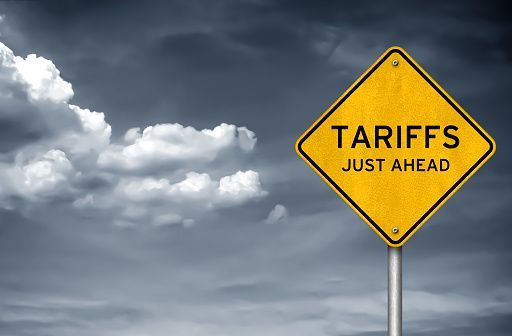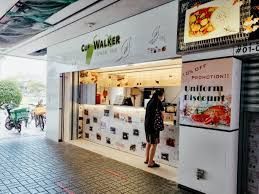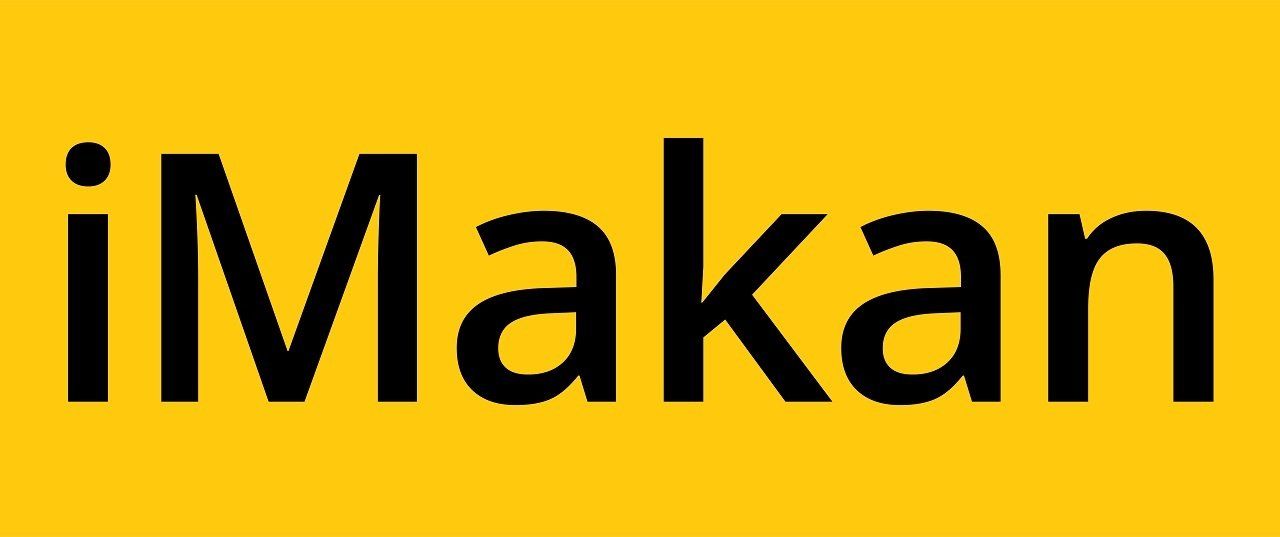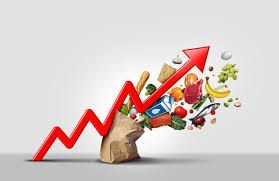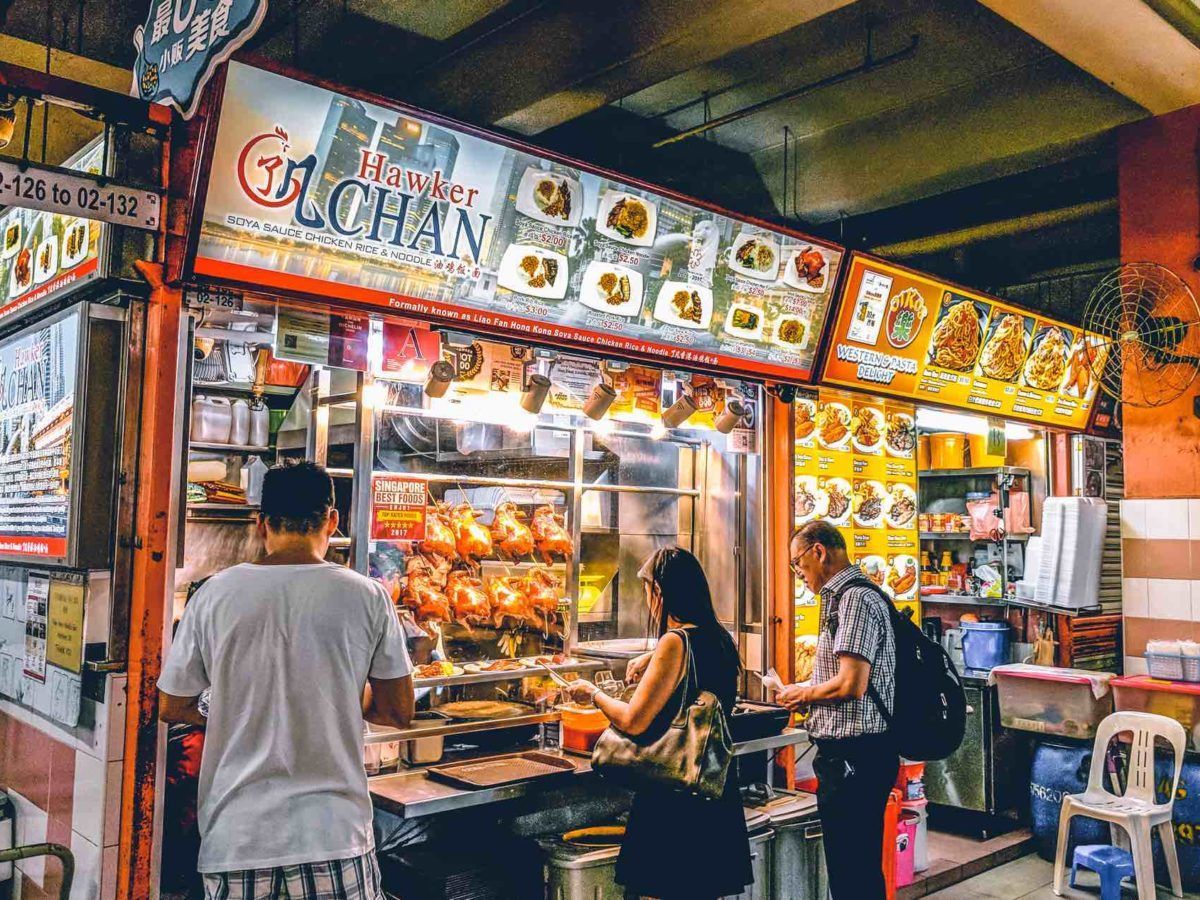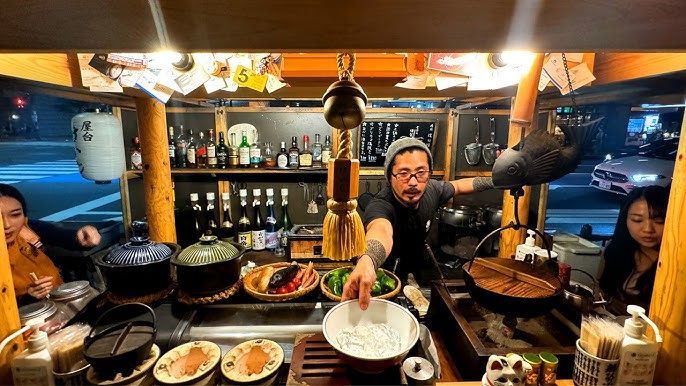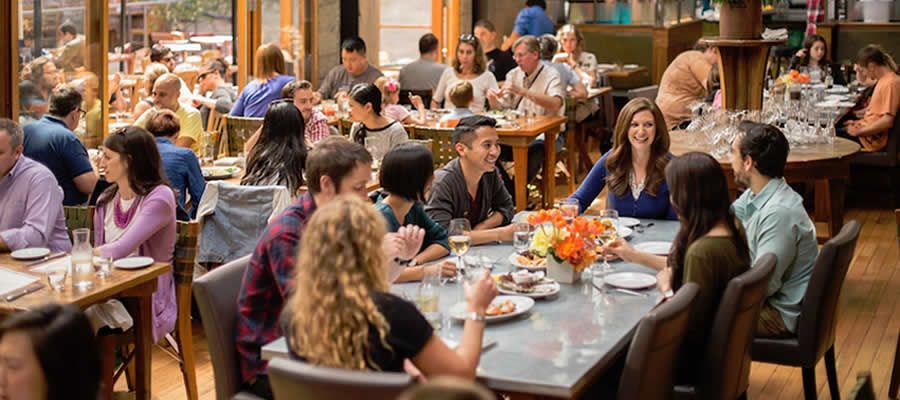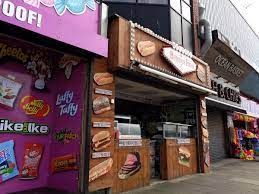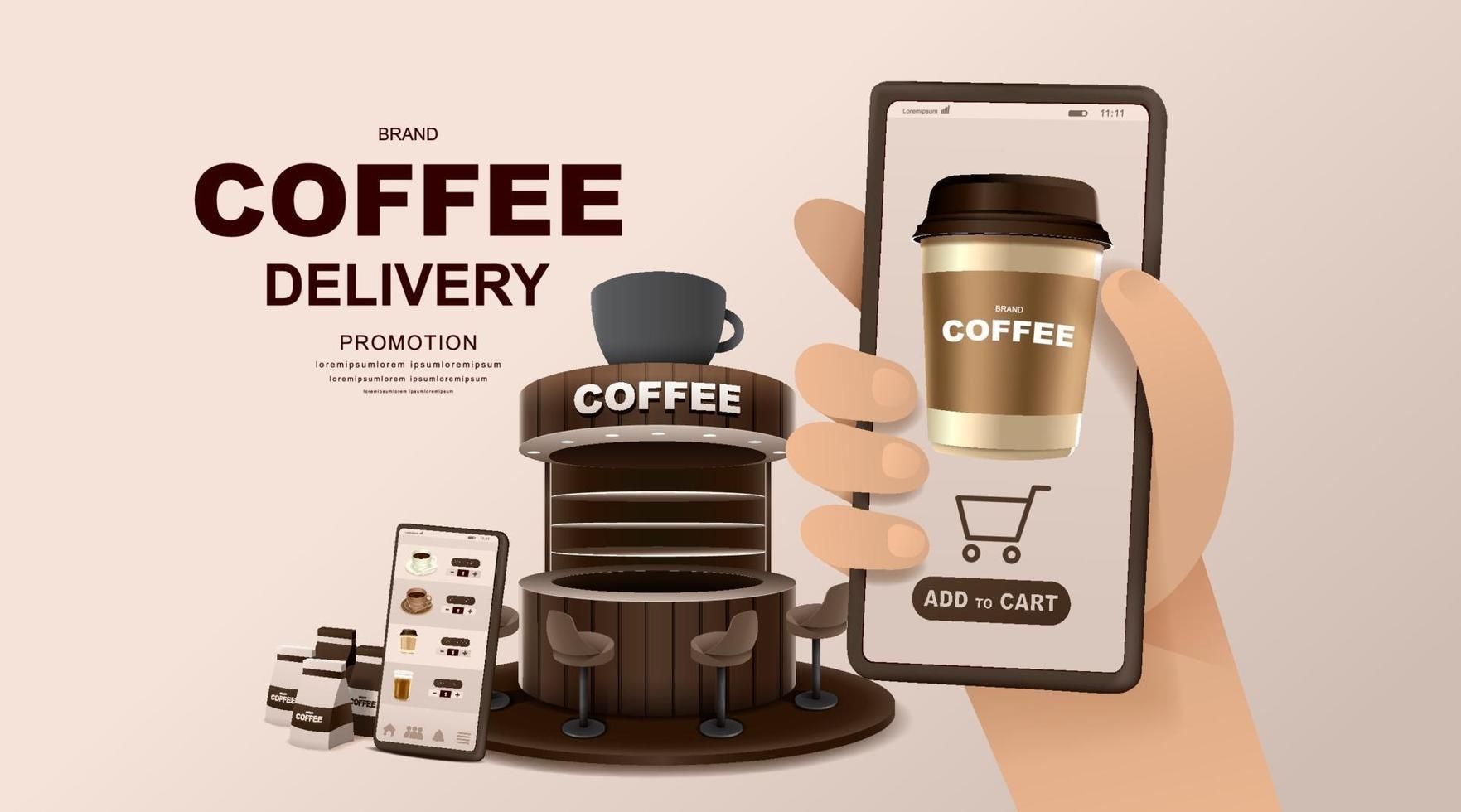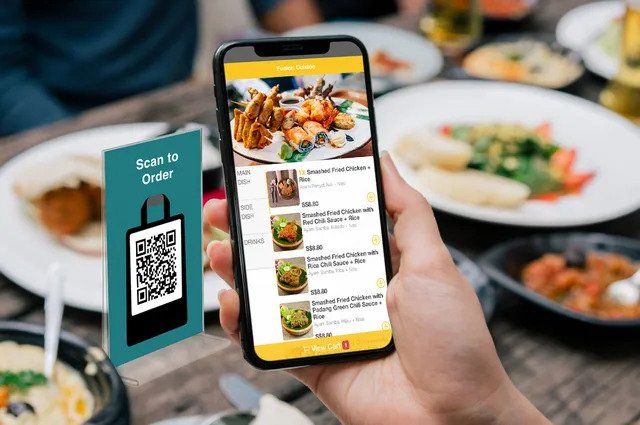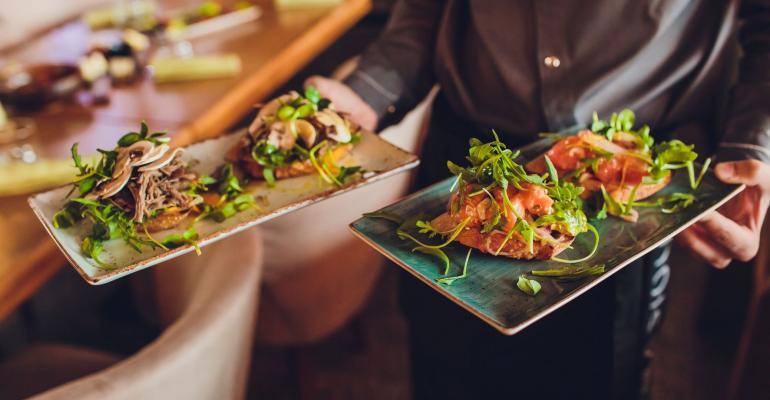
The new year brings new opportunities and consumer trends. Just like in 2021, we share 3 F&B industry trend predictions for the year 2022.
Rise in takeaway food popularity
Due to the dine out restrictions brought about by the pandemic (current restrictions of up to 5 pax to dine in), many will still opt to order takeaway food from their favorite restaurants if they are dining with family or friends with more than 5 people.
Hence, it is important to digitize your F&B business infrastructure with the right digital tools to be able to easily manage takeaway food orders. Some of these digital tools are:
- Online food ordering solutions
- Food delivery platforms
- QR ordering system
- Self-ordering kiosk
- A POS system that is able to integrate with contactless ordering solutions and food delivery platforms
Online food ordering solutions
Online food ordering platforms are like an eCommerce site for your F&B business. When you adopt an online food ordering solution, you will be given a URL that you are able to put up on your social media channels e.g.Instagram, Facebook, Google myBusiness so that your customers are able to order from your F&B business for with the option to select delivery or self collection.
This is a great way to expand your F&B business’s reach online and improve your brand awareness.
Unlike food delivery platforms like FoodPanda, GrabFood and Deliveroo, online food ordering platforms allow you to develop your own customer base as you can collect your customer’s data, which you can use for marketing purposes to re-engage them to boost customer loyalty.
Food delivery platforms
Food delivery platforms are popular channels where consumers order from you. Food delivery platform should be a staple in every F&B business today as it allows your F&B brand to tap into these food delivery platform’s customer base to grow your brand awareness.
QR ordering system
While QR ordering systems is mostly used to improve the efficiency of dine-in order taking, it can also be used to boost takeaway food order taking capability.
This concept is currently being adopted by a famous chain outlet in Singapore, Wok Hey. By putting up a banner of their ordering QR code at their quick service food kiosks’ shopfront, they encourage customers to self order by scanning the QR code with their smartphones.
Dine-in Contactless ordering solutions will be more widespread
An increasing number of restaurants are taking up contactless ordering solutions such as QR ordering. This is because it helps them to reduce dependence on order taking staff, thus saving costs and increase order taking capabilities by allowing customers to self-order and send in orders simultaneously whenever they are ready.
On top of that, contactless ordering solutions like QR ordering will help you to increase upselling through automatic add on suggestions, achieve 100% order accuracy as customers take charge of their ordering and make timely changes to your menu to capitalize on consumer trends.
Hence, in order to remain competitive in the F&B industry, your restaurant has to adopt contactless ordering solutions and digitalize.
Contactless payment will be the norm
Since the pandemic and the ever-increasing options of contactless payments like PayNow, PayWave, GrabPay, and especially SG QR, Singapore has seen a rapid rise in the number of consumers opting to pay via these methods, which is in line with Singapore’s objective of going cashless.
In order to provide a better customer experience for your customers, adopting contactless payments is essential as it allows your customers to choose the payment method that is convenient to them.
Getting contactless ordering solutions
iMakan has helped F&B merchants and enterprises digitalize and reap the benefits of adopting contactless ordering solutions such as QR ordering and self-ordering kiosks.
Click
here
to speak with our solution consultants today.
